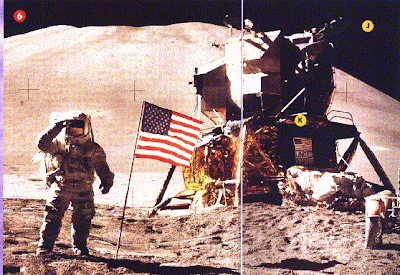

The effects of global warming are of concern both for the environment and human life. Scenarios studied by the Intergovernmental Panel on Climate Change (IPCC) predict that global warming will continue and get worse much faster than was expected even in their last report. Research by NOAA indicate that the effects of global warming are already irreversible.The IPCC reports attribute many specific natural phenomena to human causes. The expected long range effects of recent climate change may already be observed. Rising sea levels, glacier retreat, Arctic shrinkage, and altered patterns of agriculture are cited as direct consequences of human activities. Predictions for secondary and regional effects include extreme weather events, an expansion of tropical diseases, changes in the timing of seasonal patterns in ecosystems, and drastic economic impact. Concerns have led to political activism advocating proposals to mitigate, or adapt to it. Geoengineering is a further potential response, which could potentially reverse some effects that may otherwise be irreversible.






























2.jpg)




















